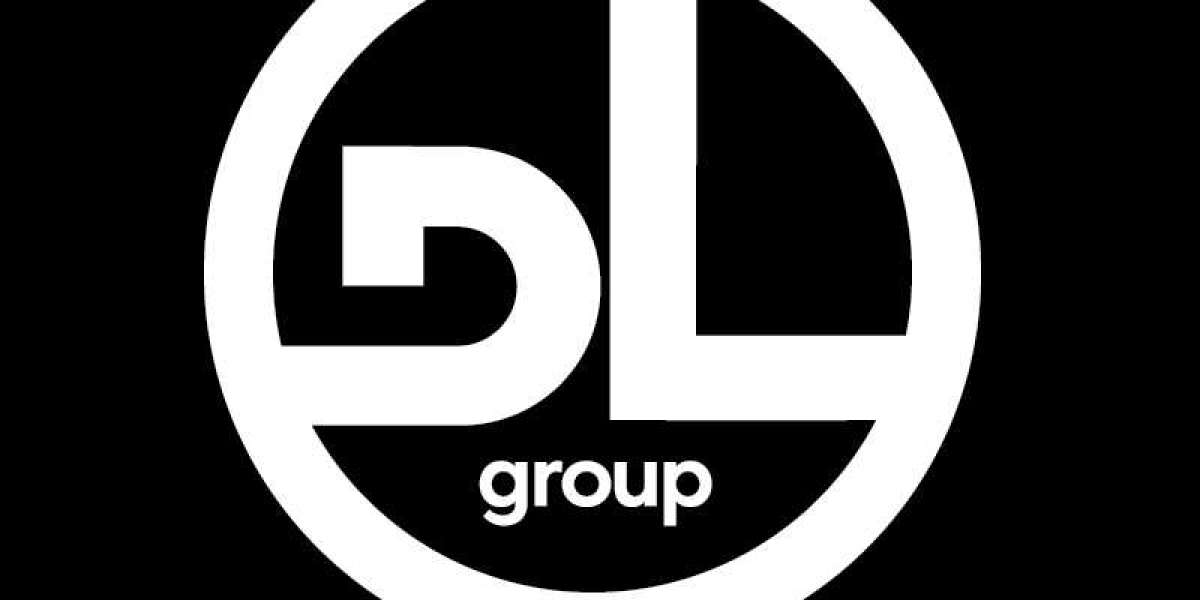Introduction:
In the summer of 1963, the sun-drenched city of Washington D.C. served as the backdrop for a historic event that would forever shape the course of civil rights in America. On August 28th, a crowd of over 250,000 people from all walks of life, races, and creeds gathered at the National Mall for the March on Washington for Jobs and Freedom. This extraordinary demonstration of unity and advocacy, held during a pivotal moment in the nation's struggle for equality, was a testament to the indomitable spirit and unyielding determination of civil rights activists.
The March on Washington for Jobs and Freedom was a monumental event that aimed to address racial discrimination, economic inequality, and civil rights issues. Organized by prominent civil rights leaders such as Martin Luther King Jr., A. Philip Randolph, and Bayard Rustin, the march brought together activists from diverse backgrounds to demand an end to segregation, voting rights for African Americans, and equal employment opportunities for all.
As the sun rose on that fateful August day, the air was thick with anticipation and hope. People flocked towards the National Mall, carrying homemade signs and banners emblazoned with powerful messages of justice and solidarity. The atmosphere was electric, charged with the collective determination of those who had long been oppressed.
The March on Washington for Jobs and Freedom featured a lineup of notable speakers and influential figures who delivered impassioned speeches that would go down in history. Undoubtedly, the most iconic speech of the event came from Dr. Martin Luther King Jr., whose mesmerizing I Have a Dream address resonated with the hundreds of thousands of attendees, and continues to inspire and stir hearts to this day.
Beyond the powerful words spoken, the march itself carried deep symbolism. As the thousands of diverse marchers made their way through the streets of Washington D.C., they defied the barriers that had divided society. They walked arm in arm, united in their purpose and fueled by the belief that change was not only necessary, but possible.
The March on Washington for Jobs and Freedom marked a significant turning point in the civil rights movement of the 1960s. Its impact was felt far beyond the borders of Washington D.C., inspiring countless individuals and galvanizing support for the enactment of civil rights legislation. Notably, less than a year later, the Civil Rights Act of 1964 was signed into law, providing key protections against discrimination based on race, color, religion, sex, or national origin.
In the annals of history, the March on Washington for Jobs and Freedom remains an indelible chapter, a testament to the power of collective action and the enduring struggle for equality. It serves as a reminder that the fight for civil rights is not confined to a single moment or place, but an ongoing quest for justice, dignity, and freedom for all.








